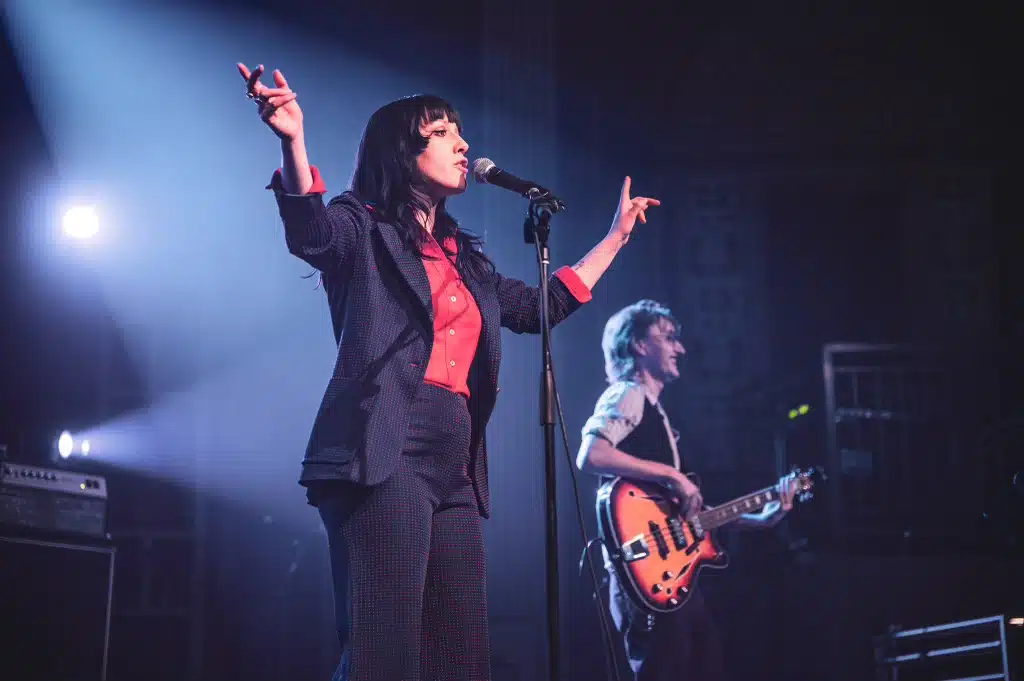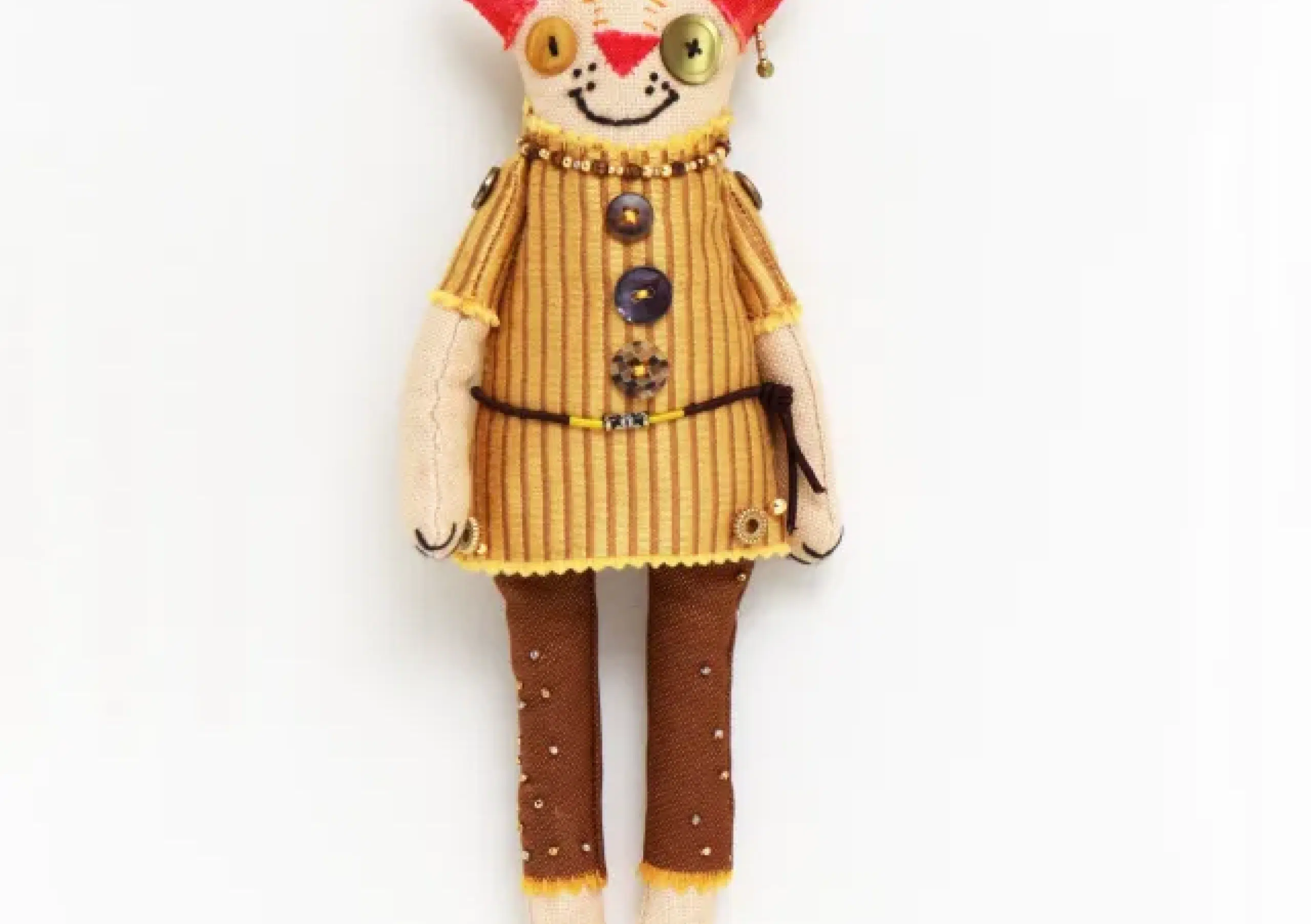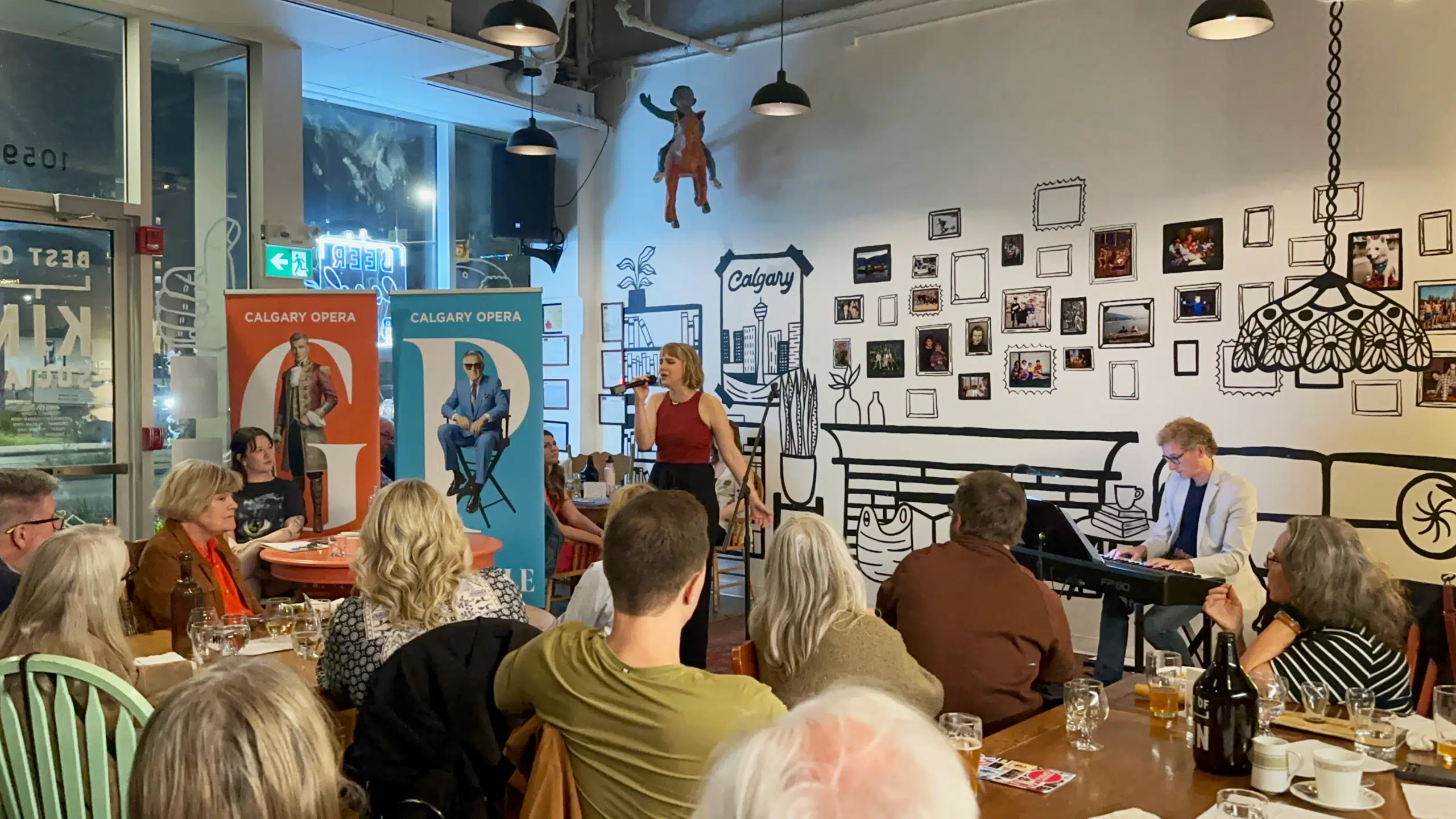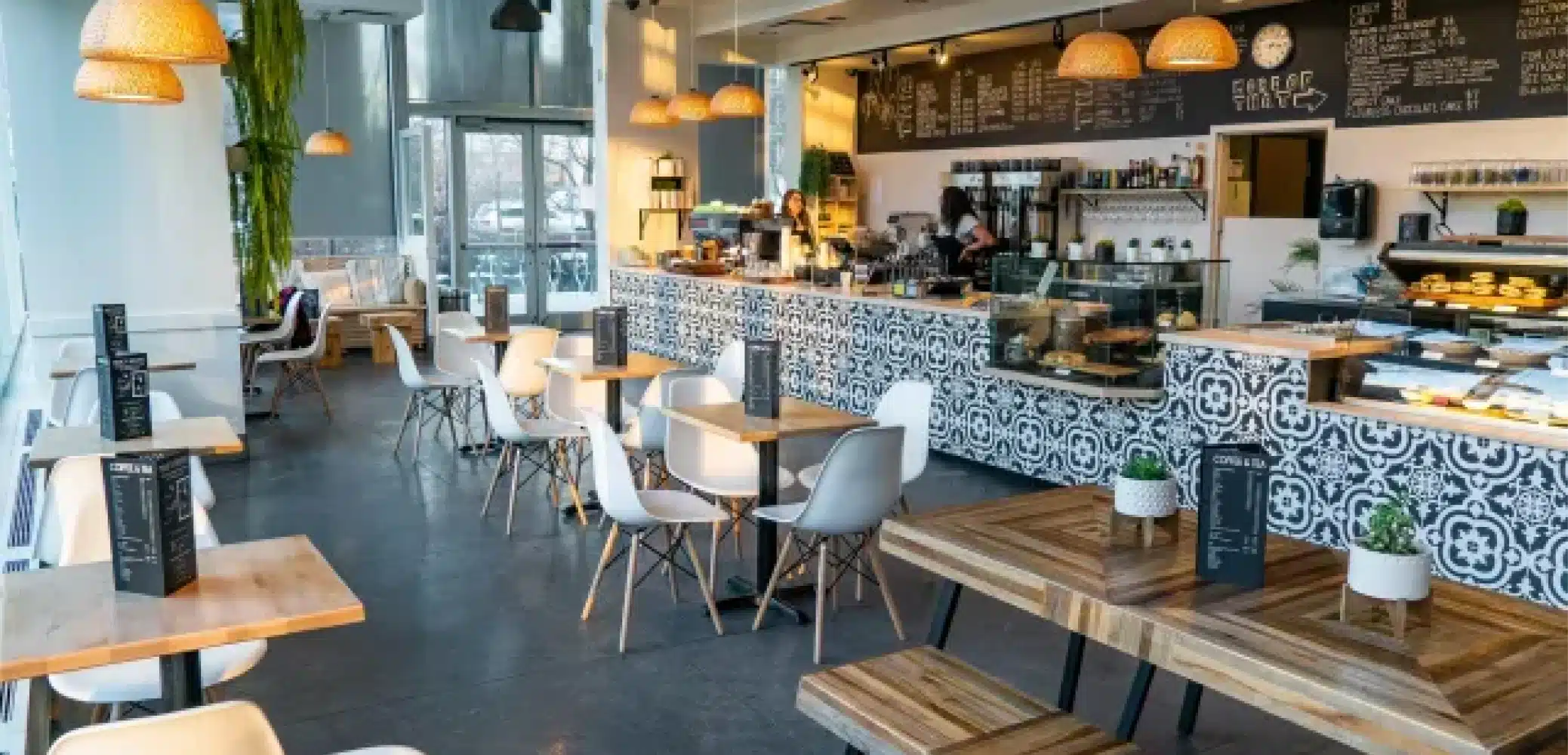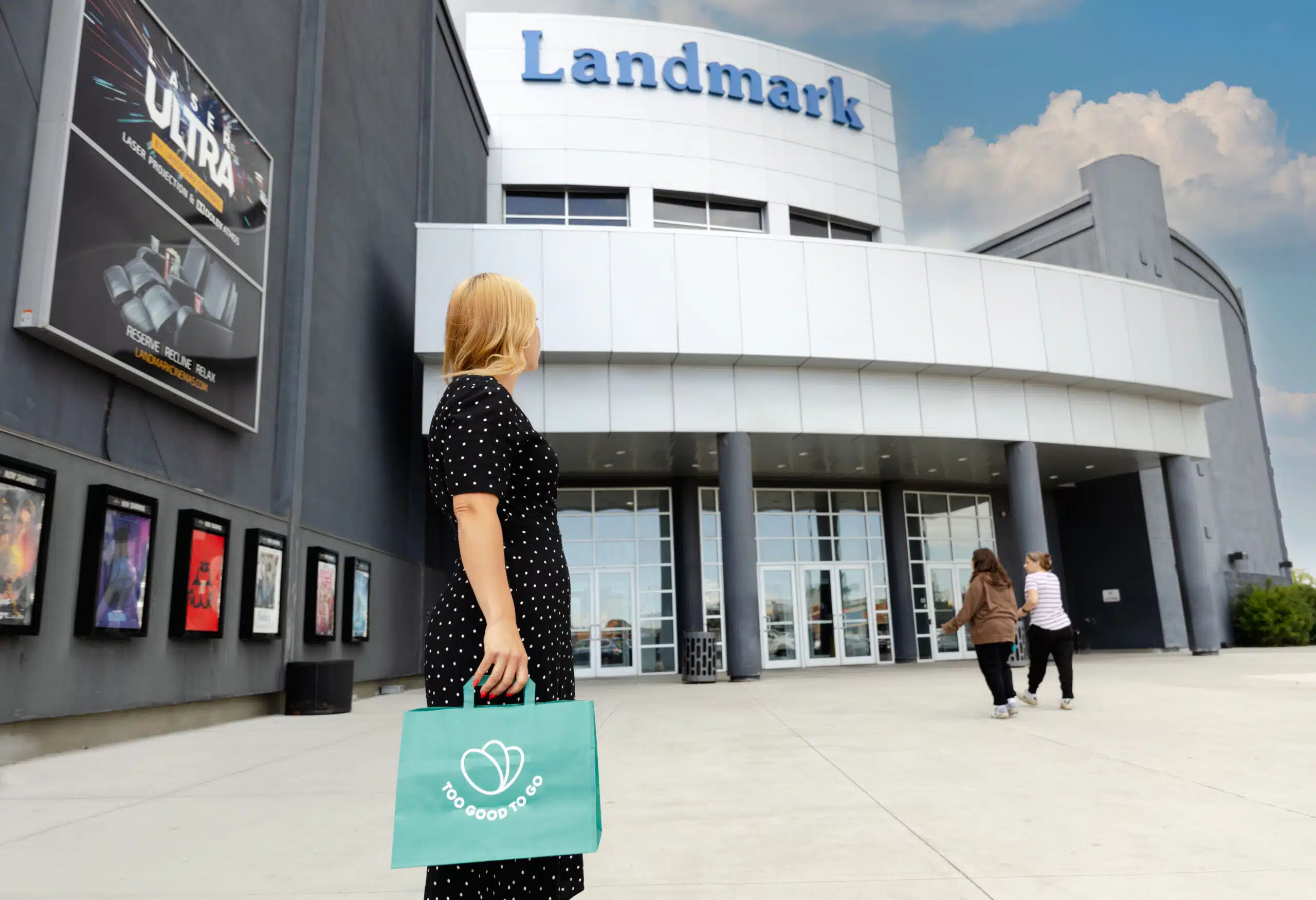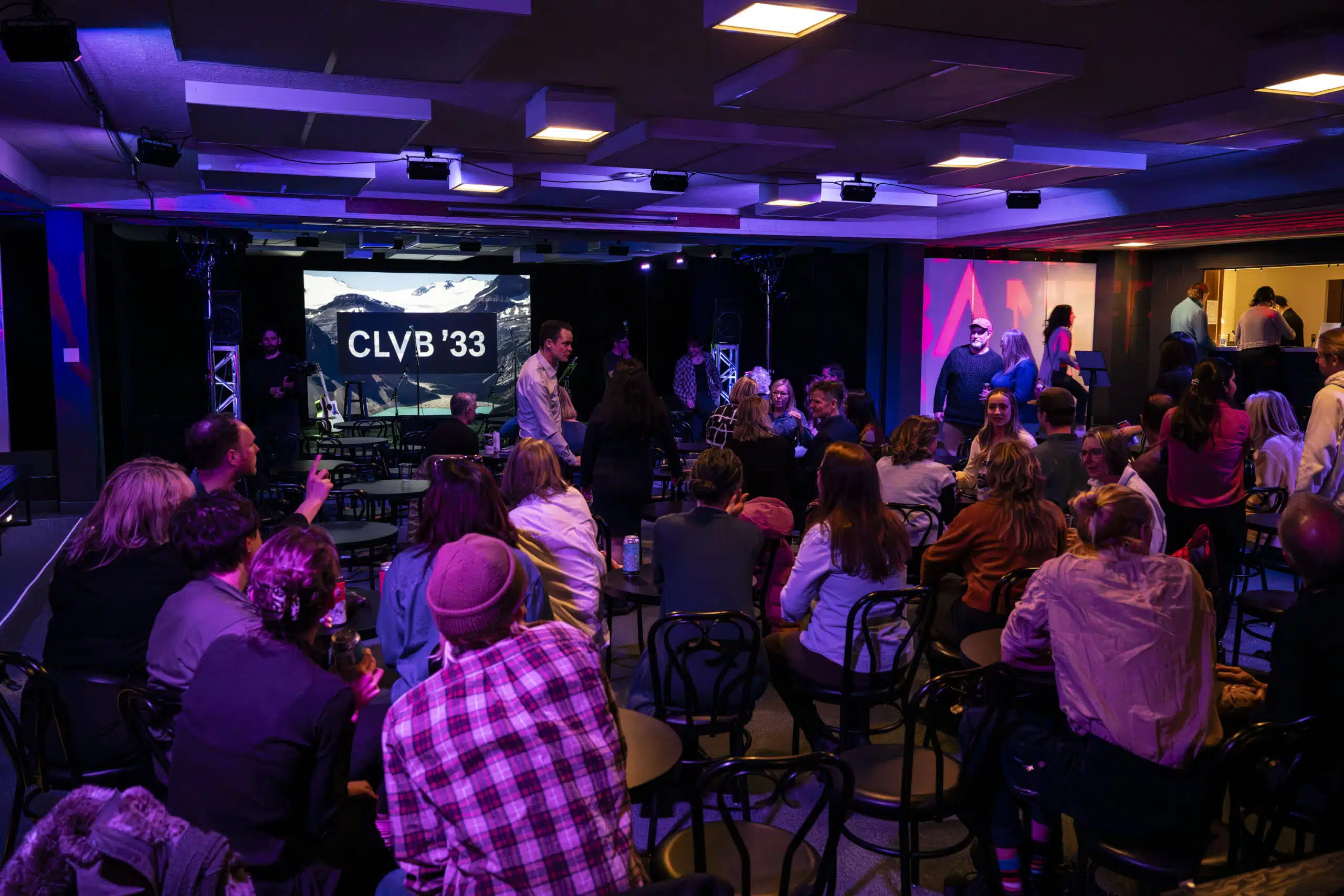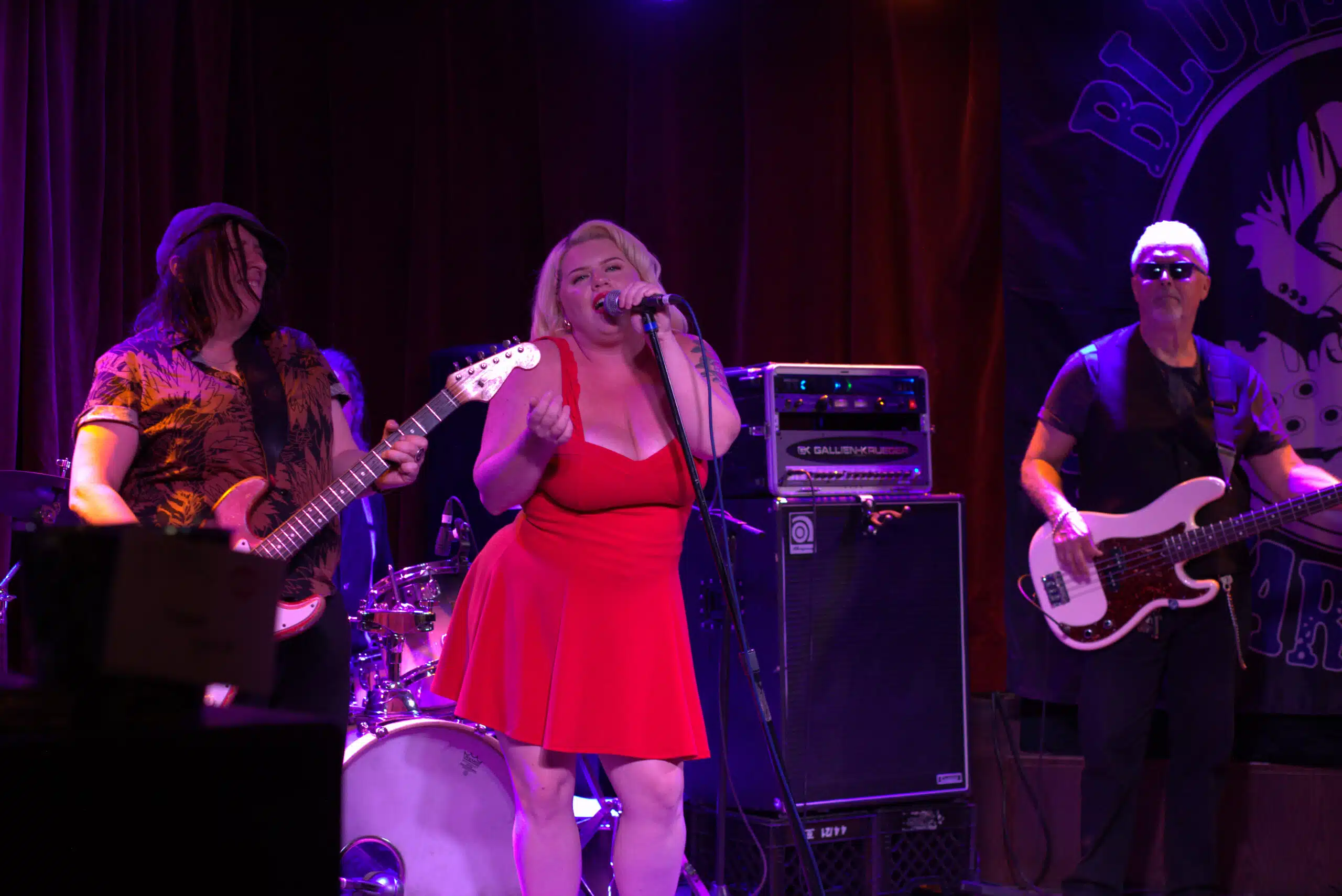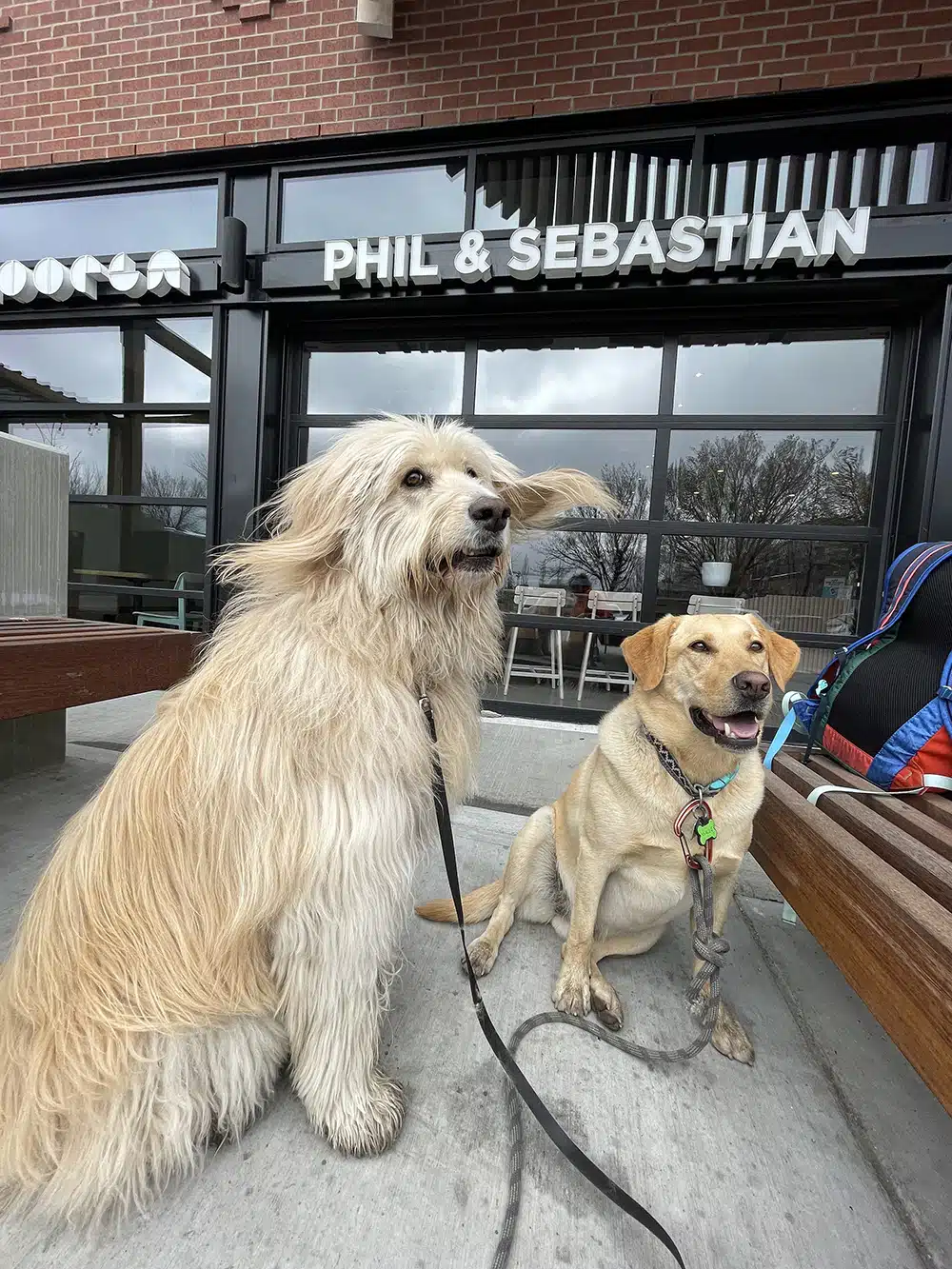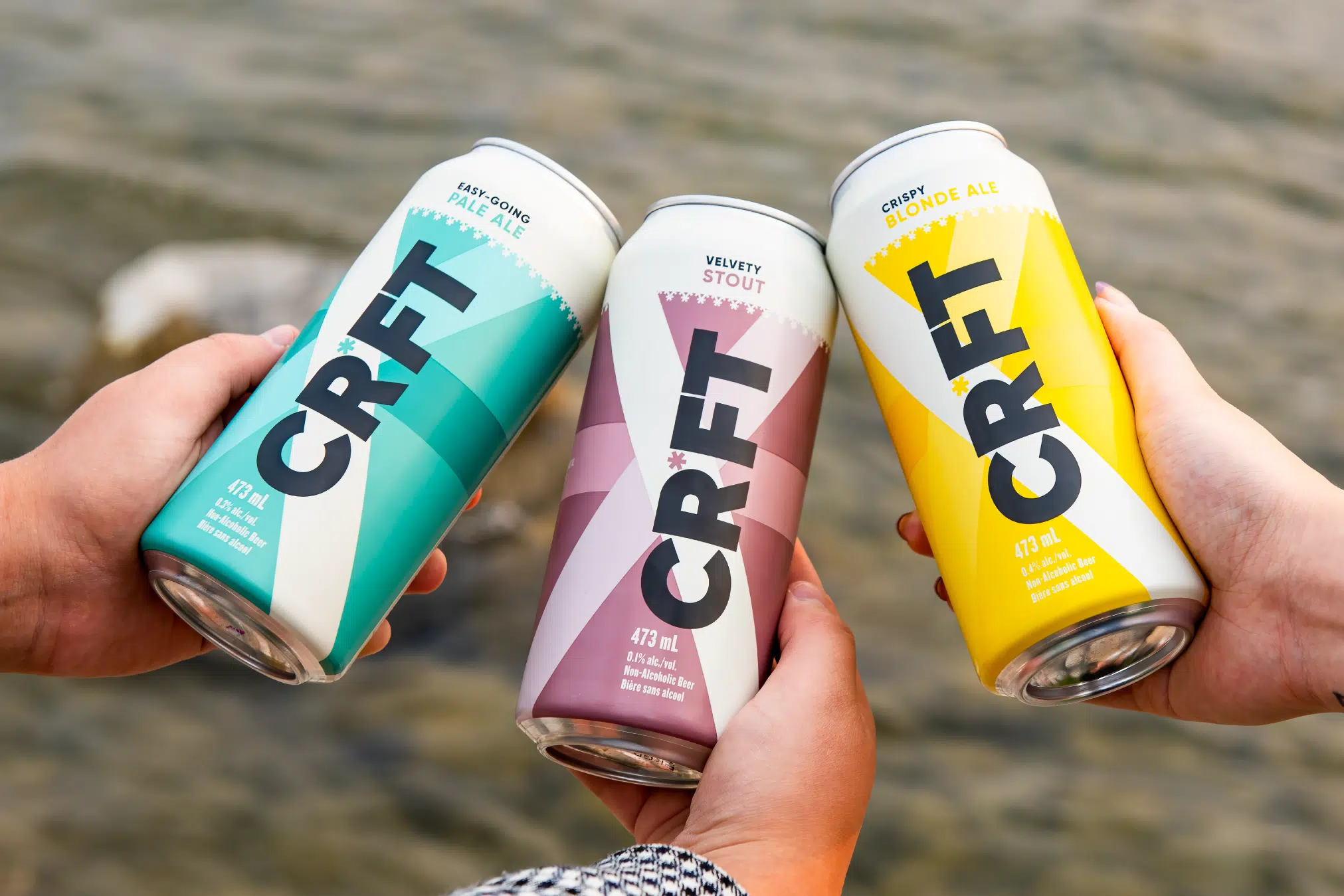I was sitting at a red light on the way to my studio. For weeks, I had been equally grasping at and avoiding writing a song. I could see the telltale signs of its imminent arrival — the feeling of anxious energy swirling across my skin, the distracted quality of my interactions and the unmooring of my awareness from my daily life.
All sensations pointed to the apex of creativity, and yet I was paused within the initial moment of it. I was facing my old friends, creative fear and doubt telling me I would never write again; the well dried, my Muse mute, and abilities abandoned. And yet reliably, as I mindlessly stared through the windshield at the bumper before me, I was struck by it; not the car behind me, but the melody, the first line and the title of the song. I raced to my studio and, within the hour, had the first draft of the song complete. It was a sensational physical experience leading to an almost feral compulsion to act upon what I can only call inspiration.
When inspiration hits, the last thing I want to do is analyze the experience, so it is only in hindsight that I cautiously approach it.
What is inspiration? A mental process stimulated by some sort of trigger? A divine gift from the Muses? A passing glimpse of the fullness of the universe?
I am in good company in my contemplations.
Calgary-based visual artist, author and mental health advocate John F. Gerrard has questions, too. “It makes me wonder how much inspiration is external and comes to us and how much is generated by us,” says Gerrard. “Do we look up at the sky and select from some divine source, or have ‘our lungs filled’ by some external factor? Or is it our breath that is doing the breathing into existence? Maybe this points out a distinction between creativity and discovery. Where we discover ideas or truly create something new…Maybe it’s both, a sort of collaborative process?”
It often seems we can nurture inspiration, yet distilling it down to a chemical process of neurotransmitters still does not serve us a definition nor as reliable way to call it forth. As Gerrard implies, can we ever really know? Interestingly, at the intersection of mind and behaviour, psychology gives us some insight.
In their influential 2003 paper Inspiration as a Psychological Construct, researchers Todd Thrash and Andrew Elliot took their turn defining inspiration as both a “trait and state.” By doing so, they present inspiration as a somewhat cumbersome construct. Our experience of inspiration is so wildly different, dependent on innumerable contexts and inputs, that much like describing falling in love, we may know the feeling but can’t define it. Like so many elusive ideas, we know it when we see it.
It seems we can set the stage for inspiration, nurture it or court it, but we can’t force it to appear. It is both inside and outside us and when the result is what we want; a sad song, or a really good sandwich, it’s because something motivated us. As Thrash and Elliot note, “inspiration implies motivation” and certainly collaboration along with it.
Celebrated Calgary choreographer Ishita Singla is a gifted community connector who uses collaboration as fuel.
“As a choreographer, I love creating with my team rather than in an isolated setting,” says Singla. “The open exchange of ideas and the sheer excitement of creating something new is always rejuvenating for my soul. I find this whole dynamic works hand-in-hand with each other.”
Be it through isolated action or collaboration, the most important step is the practice of placing oneself in the way of inspiration.
Songwriter and musician Kue Varo is devoted to her artistic practice. She isn’t just waiting for inspiration for her next song to hit. Varo seeds the land her music springs from with inspiration. For her, living a life full of wonder and curiosity that’s open to both new experiences and failure makes inspiration possible.
“I engage in all kinds of information and sensory input and people,” says Varo. “Letting it all gestate and sit until suddenly it’s a full cup and bam, the next thing causes the reaction of inspiration.”
It may be that inspiration is a human action, but what determines the artist is the blood, sweat, and intention that facilitates the chain reaction of creation.
Kenna Burima is a songwriter, musician, and teacher who lives, performs, creates, and educates in her adopted hometown of Calgary, Alberta, Canada.
